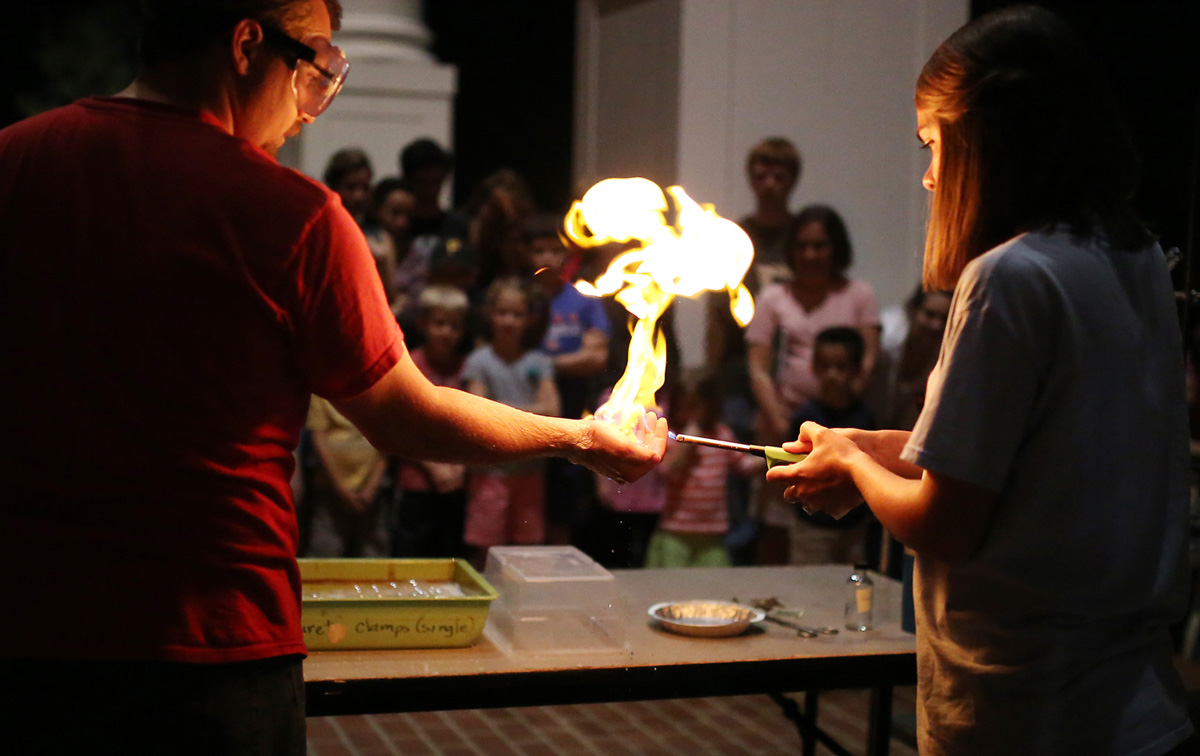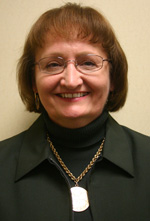May 125, 2006 - Just in case you haven’t heard about his passing, I want to tell you that Francis Crick died July 28, 2004.
This may seem old news, but it nevertheless made such an impact on me that I am stunned anew each time I happen to remember he is no longer working and contributing to molecular biology. The occasion of his passing was certainly sad, in part because his death marked the end of a special and vibrant era in biological history. But more, the occasion was a time to reflect and remember how much responsibility he bore for the science today’s biologists love and use to make new and even startling discoveries.
Let me explain a bit why almost two years later I am still thinking about Dr. Crick by setting up a time frame.
In April 1953, Crick published with James Watson the earth-rocking paper that started the age of biotechnology by showing the world for the first time how the DNA molecule is constructed. As the pair said at the time of their publication, it did not escape their notice, nor as it turned out that of the rest of the world, that their model of DNA would open minds as to how replication, transcription, and translation were accomplished. From that point, molecular discoveries piled on one another in rapid succession.
In April 1953, I was barely past the toddler stage. My personal world was limited to a West Tennessee farm where the highlight of my day was anytime my dad was patient enough to let me try to match my short stride to his long one while bombarding him with an unfailing supply of “why” questions. If we were inspecting the crops, the question might have been, “Daddy, why is cotton white and corn yellow?” or “Why do you plant wheat in the fall?” Maybe we would be looking on a hot summer afternoon to cast a hook from a bamboo fishing pole into the sleepy little pond in back of the barn. While we were digging for earthworms in the black, loamy soil of a long-abandoned pig pen, the question would be, "Daddy, why do earthworms want to live in the dirt?" "Daddy, can the earthworms see me?" and "Why do catfish want to eat worms anyway?" And if the daily tag-along took us past the hen house, I wanted to know why some chickens could peck every other chicken while some chickens could never peck any other chicken at all. Or if we decided to ride one of the bright green John Deere tractors to the river bottom, we were sure to awaken a slumbering owl or two, leading to discussions of why some forest creatures use the day for sleeping but the night for hunting.
Over time, the rules of the natural world became both more apparent to me as well as more and more fascinating. Eventually, the questions became ones of how the plants and animals I saw functioned. I experienced a completely amazing epiphany when I found out that all organisms are composed of cells and that at the heart of each cell is a nucleus filled with a stringy molecule called DNA that directs all cell functions. As much as I liked feeling the dry pungent breeze rush past my face while riding to the barn high atop a load of freshly-picked cotton late in an autumn day, much of the time I was even more interested in picking apart the cotton bolls, examining the fibers and the oily seeds.
Meanwhile, far away from rural West Tennessee, in great cities around the globe, scientists were asking some of the same questions and devising elegant experiments to provide evidence of their discoveries. Some of those researchers had begun their work well before I was born but continued to contribute from their ideas long after my personal natal day. The point is, I have been on this earth during a time of explosive accumulation of scientific knowledge. I have seen the advent of restriction enzymes, a now-common molecular tool that I first employed to answer the questions posed by my master’s thesis, and later, polymerase chain reaction or PCR as it is usually called was central to explaining the concepts underlying my Ph.D. dissertation. Not only was I still asking questions, thanks to those who had started asking long before me, I had many of the tools I needed to answer some of them. At the very core of my work, and certainly that of many others, was a faculty of amazement that has never diminished. As a teacher, I am currently most excited when my students begin to ask their own questions and set out to answer them; I am as fascinated as they are at what they find out.
Francis Crick may be one of the most well-known of the early molecular scientists, but he was certainly not alone. What biology student is not familiar with the work of Avery, MacLeod, and McCarty or Hershey and Chase or Meselson and Stahl? I had been rather casually reading obituaries of various scientists when Francis Crick joined their numbers. In a startling instant, I was stunned to realize that, even from the distance of West Tennessee, I had been in the presence of those whose achievements have lead to such victories, for one example, as cures for many diseases and treatments for others. For another example, some of those couples who might have remained childless now cuddle their own infants thanks to the applications of biological study. As to what is to come from scientists in the future, who can say? The welcome part of all this is that the baton of discovery is not being dropped as the early giants of molecular biology relinquish it, but rather it is being handed on to younger men and women who undoubtedly are just as amazed and astounded at the workings of the cell as the old ones were.
In my classrooms, I never miss the opportunity to try to nurture in my students their budding capacities for amazement. I like to tell them about those who came before them, hoping they will be inspired to climb upward, using the shoulders of the giants before them as leverage. Will we miss these scientists who are gradually becoming part of a time gone by? I think that we will, particularly those of us of a middling age who have seen so many of our childhood “whys” explained so eloquently in the course of past years. We will be forever grateful that these people were instrumental in opening our own eyes.
But especially for those of us who are teachers and who have been around while so much of the biology we rely on as a world community has been developed, it is exciting that for us it is not yet over; our own students have and are becoming the researchers asking the big “why” questions. Perhaps one of them will make a dazzling discovery that will catapult biology into the next and as yet unknown era.
But for now, I must say thank you, Dr. Crick. You are being missed, and we are certainly sad you are gone. And though the overriding emotions do contain an element of poignancy, they are flavored more with joy than anything else, leading us to a parting salute: we are not glad that you are gone, but we are certainly thankful that you lived.


